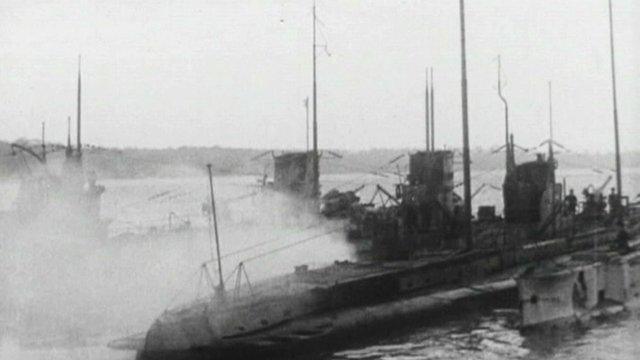Harwich WW1 U-boat surrender marked with willow model
- Published
Model U-boat on beach marks surrender
A model U-boat has been created to commemorate the mass surrender of Germany's submarines on the Essex coast at the end of World War One.
More than 160 U-boats surrendered at Harwich in November 1918, at one point stretching in a two-mile (3km) line.
While most were taken to go on display, many were left beached at Harwich before being sunk or taken by the sea.
The model has been created as part of centenary celebrations.
It measures 15m (49.2ft) long, is made of willow and sits on Dovercourt Beach.

U-boats were moored three-to-four-abreast on the north bank of the River Stour
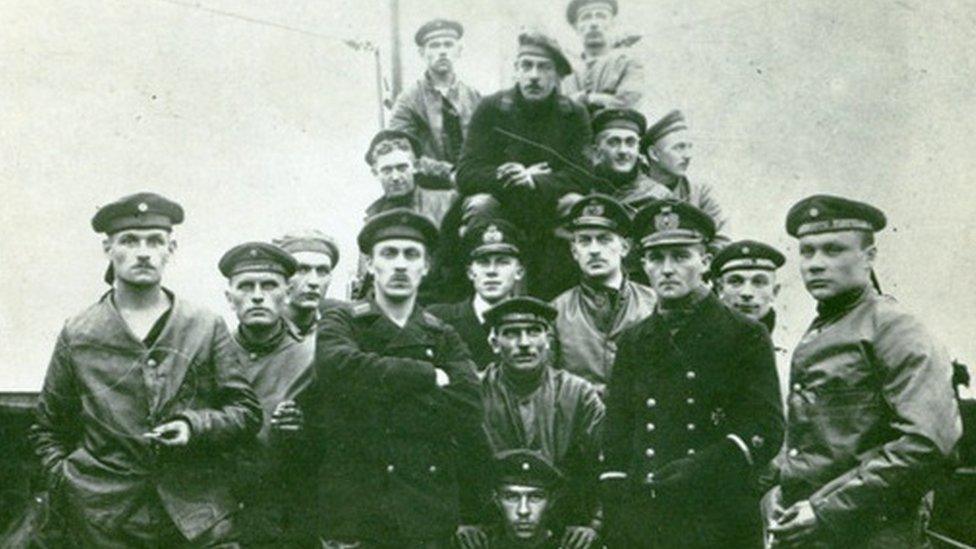
The crew members of one of the U-boats, who would have boarded a transport ship to take them back to Germany
David Cain, project director for Harwich Haven History Surrender and Sanctuary, described the surrender as an "important part of national and local maritime history that has been completely forgotten over the last 100 years".
He said: "We wanted to have a landmark and have something to stay on the beach, much like the U-boats which were left beached here.
"Because it's biodegradable, it will slowly fade into the sea, maybe over the next two or three years."
On 20 November 1918 - nine days after Armistice Day - the first batch of U-boats crossed the North Sea to the British coast.
They were met by a small flotilla of British warships led by Rear Adm Sir Reginald Tyrwhitt, commanding officer of the Harwich fleet.
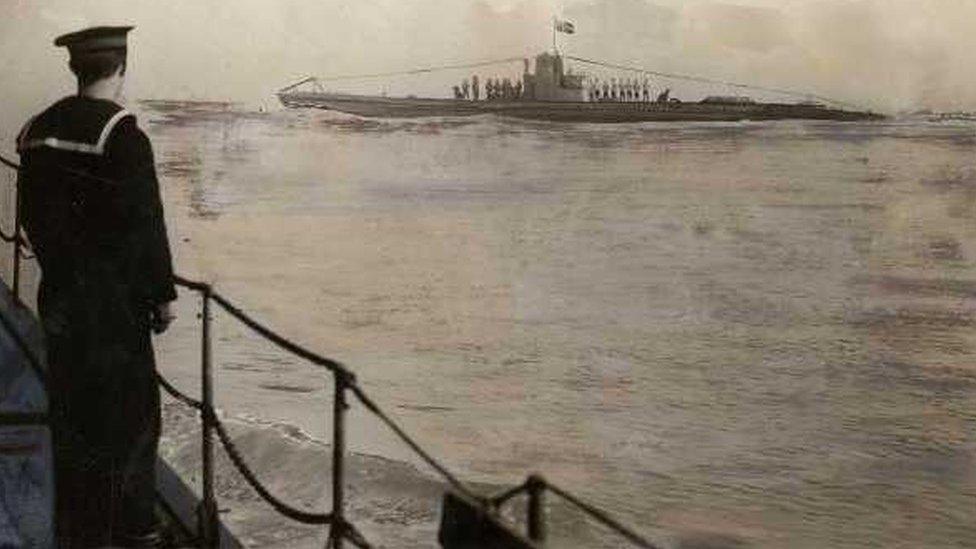
The British fleet meet one of the U-boats outside Harwich Harbour
In the following days, the U-boats and up to 50 other German vessels were escorted along the River Stour by British ships.
They were then moored, often four abreast, to be commandeered by the authorities.
Rear Adm Tyrwhitt ruled there should be "no communication whatsoever" with the Germans, who were packed on to transport ships and sent home without being allowed to set foot on British soil.
Most of the U-boats - some of which were 100m (328ft) long - were put on display in places such as Brighton and Liverpool, while one was taken to Japan.
But some were left on the beach and the estuary eventually became known as "U-boat alley", said Mr Cain.
To mark the centenary of the surrender, the project has also organised talks, parades, film screenings and heritage walks, as well as a 1918-themed train, external running from Manningtree to Harwich.
- Published29 January 2018
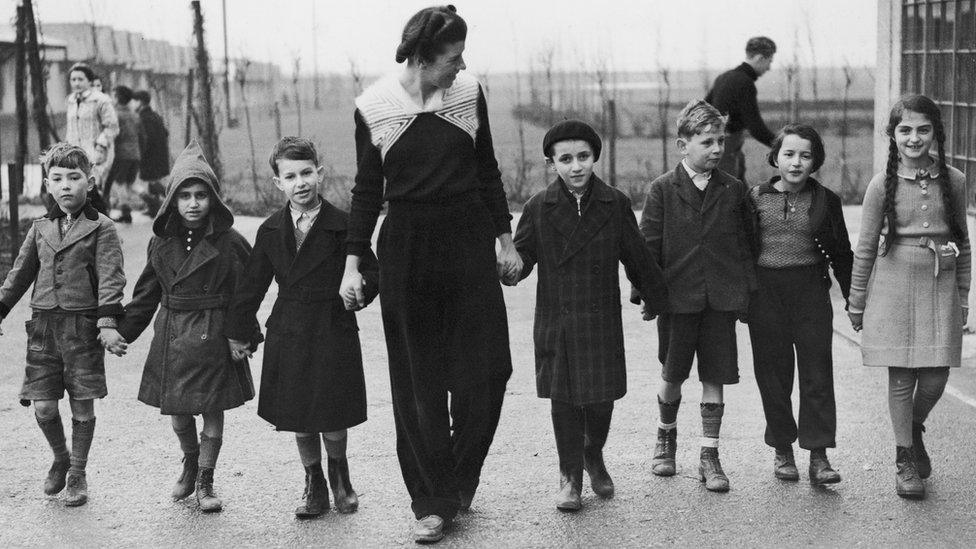
- Published16 July 2016
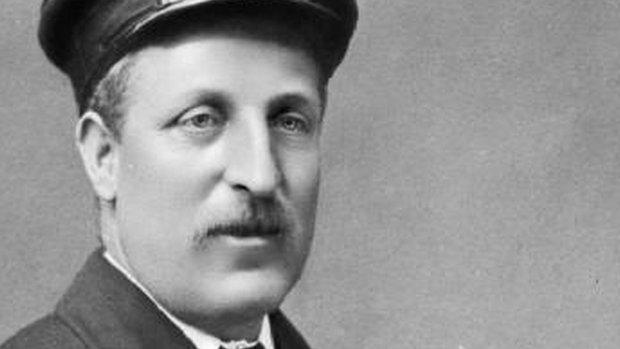
- Published8 November 2014
